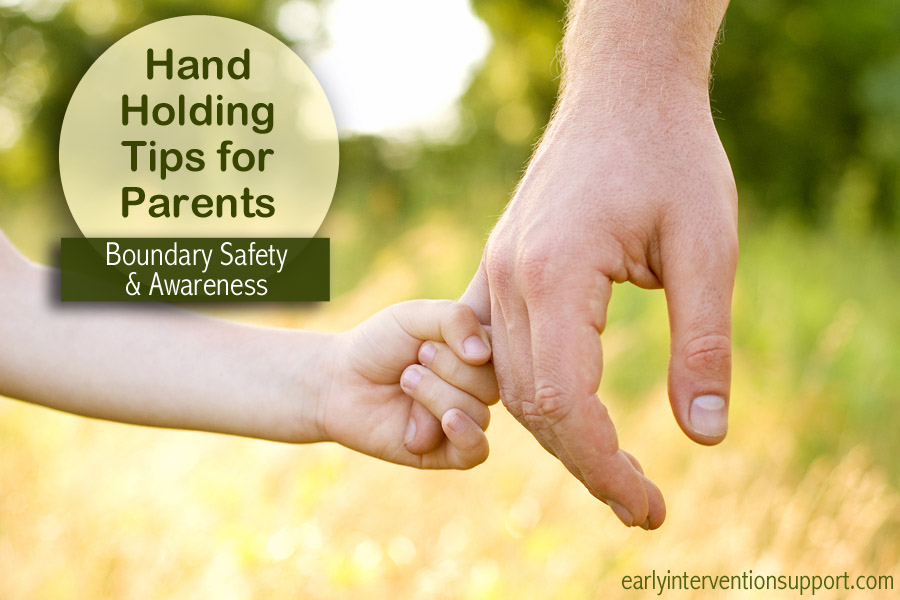Holding your toddler’s hand can be one of the most beautiful connections between caregivers and children. Yet, what if your toddler/child simply refuses to hold your hand? What are we do to when we need to guide them or protect them from danger? This is a topic often covered in sessions with my families who are concerned with safety and awareness of boundaries. If you are struggling with hand-holding behaviors, here are some helpful intervention strategies and hand holding tips to get you started on thinking about how to adjust your approach. Keep in mind, every family/caregiver/child is different and these strategies may need to be adjusted to best suit your needs.
1. Practice hand-holding in your home.
This is a simple strategy that will allow your child to understand what he/she is expected to do and to practice hand-holding in a safe environment that can allow for mishaps. In the home, the child can be reinforced for hand-holding. To start, be sure the hand-holding is fun, happens in short trials, and is a positive experience for the child.
2. Move to outdoors or another setting where safe practice can occur.
After you have practiced in the home to establish the expectations and positive experiences related to hand-holding, take your new skills into another setting (preferably one that might also have safe boundaries in case the skill does not generalize easily). You can work on it for a few minutes at a time or until you feel the skill is mastered. It is up to you and your child as to how much practice you both can manage.
3. Practice makes perfect.
After you have established hand-holding expectations and skill level, try your new skills in the community or in the target environments where you want this behavior to occur. Continue to implement the same expectations and routines as you did in the home and/or alternate setting. Should you have difficultly at this point, it might indicate the need for further training or noticing if other factors might be impeding the learning process.
4. Adjust your grip.
Sometimes, we just have to hold our child’s hand for safety reasons. I often will hold my child’s hand, but adjust my fingers to also wrap around his wrist (gently, but as an extra level of support). This allows me to feel like I have control of potential darting/eloping behaviors or when he might release his hold on my hand before I am ready to release.
5. Make it a positive experience!
Like all new skills, sometimes it takes time to master. It can be a lot of work, so be sure to make the learning experience a positive one. Come up with lots of positive reinforcement strategies to include praise, opportunities for non-hand-holding, and rewards for the appropriate behaviors.

